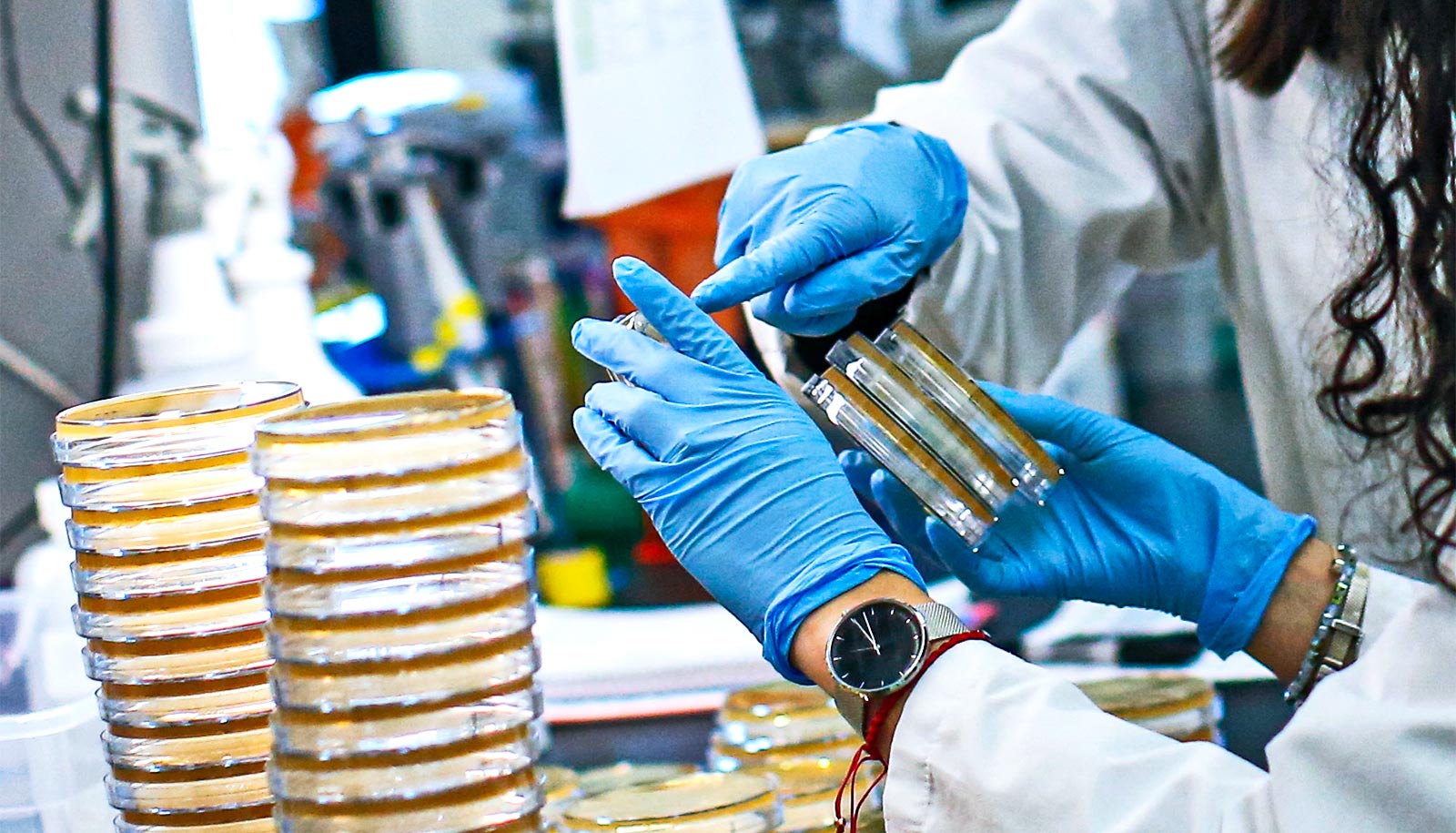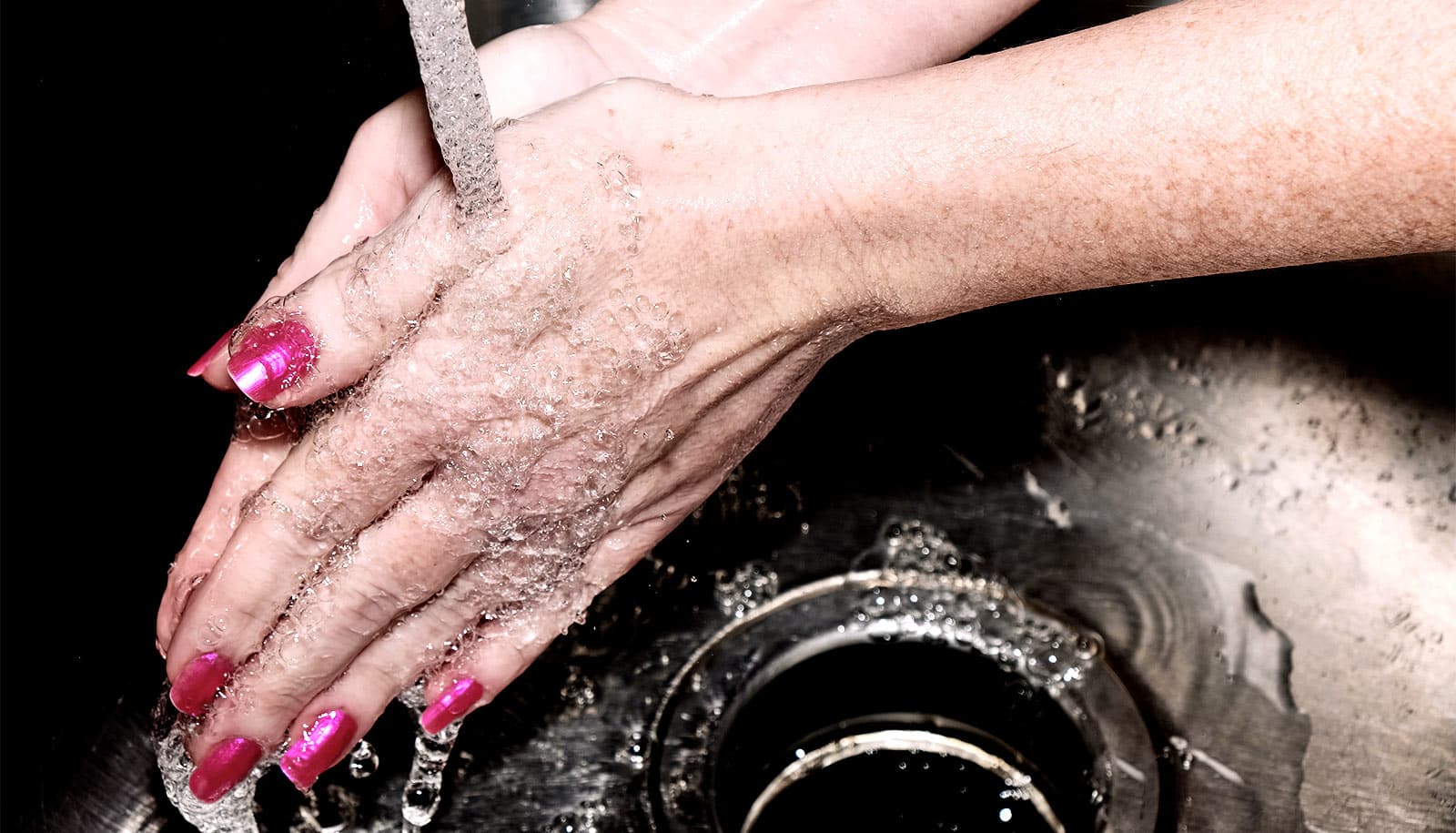The average time from exposure to onset of COVID-19 symptoms is 5.1 days, researchers report.
This suggests that the 14-day quarantine period the US Centers for Disease Control and Prevention are using for individuals with likely exposure to SARS-CoV-2, the new coronavirus that causes the respiratory illness COVID-19, is a reasonable amount of time to monitor individuals for development of the disease.
The analysis suggests that about 97.5% of people who develop symptoms of SARS-CoV-2 infection will do so within 11.5 days of exposure. The researchers estimate that for every 10,000 individuals quarantined for 14 days, only about 101 would develop COVID-19 symptoms after release from quarantine.
The outbreak to date
For the study, the researchers analyzed 181 cases from China and other countries that were detected prior to February 24, were reported in the media, and included likely dates of exposure and symptom onset. Most of the cases involved travel to or from Wuhan, China, the city at the center of the epidemic, or exposure to individuals who had been to Hubei, the province for which Wuhan is the capital.
The CDC and many other public health authorities around the world have been using a 14-day quarantine or active-monitoring period for individuals who are known to be at high risk of infection due to contact with known cases or travel to a heavily affected area.
“Based on our analysis of publicly available data, the current recommendation of 14 days for active monitoring or quarantine is reasonable, although with that period some cases would be missed over the long-term,” says senior author Justin Lessler, an associate professor in the epidemiology department at Johns Hopkins University’s Bloomberg School of Public Health.
The global outbreak of SARS-CoV-2 infection emerged in December 2019 in Wuhan, a city of 11 million people in central China. It has resulted in more than 113,000 confirmed cases around the world and nearly 4,000 deaths from pneumonia caused by the virus, according to a COVID-19 tracker map.
The majority of the cases are from Wuhan and the surrounding Hubei province, although dozens of other countries have been affected, including the US, but chiefly South Korea, Iran, and Italy to date.
Pinning down when COVID-19 symptoms emerge
An accurate estimate of the disease incubation period for a new virus makes it easier for epidemiologists to gauge the likely dynamics of the outbreak. It also allows public health officials to design effective quarantine and other control measures. Quarantines typically slow and may ultimately stop the spread of infection, even if there are some outlier cases with incubation periods that exceed the quarantine period.
Lessler notes that sequestering people in a way that prevents them from working has both personal and societal costs, which is perhaps made most obvious when health care workers and first responders like firefighters are quarantined.
The new estimate of 5.1 days for the median incubation period of SARS-CoV-2 is similar to estimates from the earliest studies of this new virus, which were based on fewer cases.
This incubation period for SARS-CoV-2 is in the same range as SARS-CoV, a different human-infecting coronavirus that caused a major outbreak centered in southern China and Hong Kong from 2002-04. For MERS-CoV, a coronavirus that has caused hundreds of cases in the Middle East, with a relatively high fatality rate, the estimated mean incubation period is 5-7 days.
Human coronaviruses that cause common colds have mean illness-incubation periods of about three days.
Lessler and colleagues have also published an online tool that allows public health officials and members of the public to estimate how many cases would be caught and missed under different quarantine periods.
The new study appears in Annals of Internal Medicine.
Source: Johns Hopkins University



